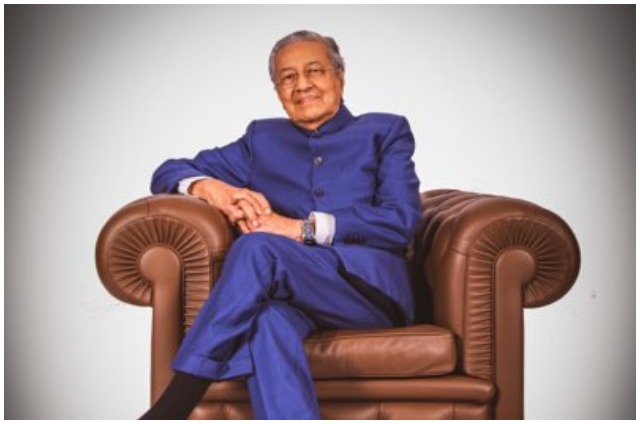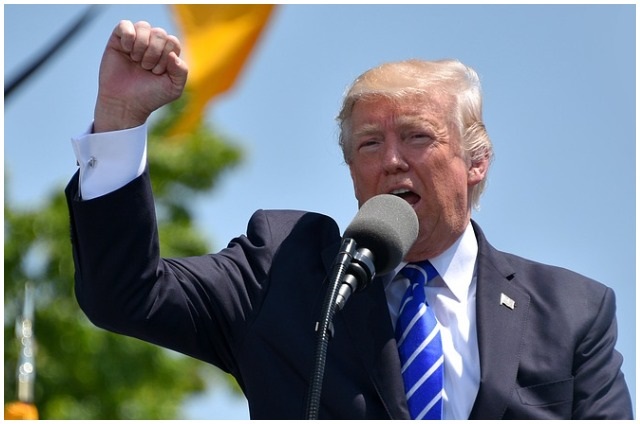NEW DELHI, April 3 – India has been blessed with remarkable women leaders but the irony is that the society is somewhat schizophrenic in its attitudes to women and in actual practice oscillate between deep respect and endemic display of brutality in word and deed, India’s Vice President, M. Hamid Ansari said.
“Much too often we fail to treat women as equal citizens. Much too often we disregard their basic human rights and the rights guaranteed to them by the Constitution of India. Much too often attitudes towards women at home and in the family are not reflective of gender parity,” he said.
It is evident that India have a long way to go in ensuring full gender parity in all walks of life in the society, he said at the inauguration of the
“Centenary celebrations of Shailabala Women’s College, Cuttack” in Cuttack (Odisha) on Tuesday.
India’s Gender Inequality Index value of 0.617 in 2011 places us at 129 out of 149 countries and is reflective of the high gender inequality that is prevalent in our country. He said the decline in child sex ratio by 13 points to 914 in 2011 from 927 in 2001 is a matter of grave concern despite an appreciable gain in the overall sex ratio of seven points from to 940 in 2011 from 933 in 2001.
Demographers have projected that by the year 2020 there would be 28 to 31 million surplus males in the 15 – 35 age group and sociologists have drawn attention to the security implications of gender imbalance. On the health front, infant mortality Rate has reduced to 47 per 1,000 in 2010 but there are increasing concerns regarding the gap between male and female infant mortality rate of 49 for girls as compared to 46 for boys.


According to National Sample Survey Office data, women’s participation in the labour force between 1993–94 and 2009–10 has decreased substantially from 36.8 per cent to 26.1 per cent in rural areas and from 17 per cent to 13.8 per cent in urban areas.
In addition, female hourly wage rates in agriculture vary from 50 per cent to 75 per cent of male rates and in no Indian state do women and men earn equal wages in agriculture. Among others, he opined that violence against women is a major challenge. Data from National Crime Records Bureau indicates that the total number of crimes against women increased by 29.6 per cent between 2006 and 2010. The 2005–06 National Family Health Survey also reported that one-third of women aged 15 to 49 had experienced physical violence, and approximately one in 10 had been a victim of sexual violence.
“These facts stare us in the face and call for serious introspection.” Ansari said no society could hope to achieve its developmental goals without addressing the critical issues affecting half its population.
According to the 2011 census, women account for 586.47 million in absolute numbers and represent 48.46 per cent of the total population of the country. Hence, if India’s overarching national objective is to become a progressive, prosperous and modern country through rapid, sustained and inclusive economic growth, attainment of gender parity through elimination of discrimination against women is a necessary condition, said Ansari.
“Status quo, therefore, is not an option. Under the Constitution, women have been guaranteed equal rights as citizens of the country. Laws have been enacted to preserve, protect and promote women’s rights and empower them through their participation in public and private space on equal terms.”
Reservation for women in the Panchayati Raj Institutions (Institutions associated with local village bodies) has been a landmark step. However, much more needs to be done, he said, adding that laws that are on the statute book require to be implemented stringently, and law-enforcers instructed regularly about the need for it in terms of social objectives.
BERNAMA







